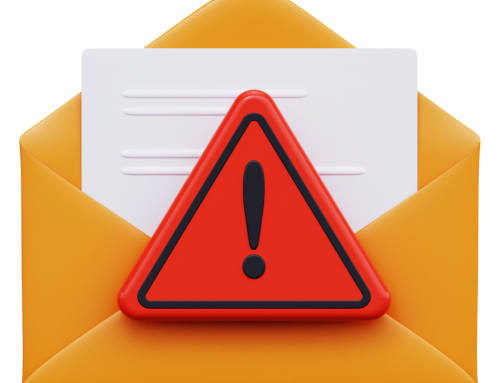In today’s digital landscape, businesses face a critical challenge: balancing the immense opportunities of social media platforms with the risks of over-dependency. Recent developments around TikTok’s potential U.S. ban and Facebook’s 15-year history of algorithm changes offer compelling evidence for why businesses must prioritize owning their data and audience.
The TikTok Dilemma: History Repeating Itself
The recent federal appeals court decision requiring TikTok’s parent company, ByteDance, to divest or face a ban by January 19 sends a clear message: even the most powerful platforms can face existential challenges. With $100 million in U.S. Black Friday sales alone, TikTok has become integral to many businesses’ marketing strategies. However, this success could vanish overnight, leaving businesses scrambling to reconnect with their audience.
Facebook’s Algorithm Evolution: A 15-Year Cautionary Tale
Facebook’s history provides an even more detailed warning about platform dependency. Consider these pivotal algorithm changes:
2009: The Introduction of EdgeRank
Facebook’s first major algorithm dramatically altered how content reached audiences, prioritizing recent posts and engagement. Businesses that had built substantial followings suddenly found their organic reach diminishing.
2012: Paid Promotion Takes Center Stage
The platform began heavily favoring paid content, effectively forcing businesses to “pay to play.” Pages that once reached 16% of their followers organically saw that number plummet to 2%.
2015: The Friends and Family Update
Facebook’s decision to prioritize personal connections over business content dealt another blow to organic reach. Businesses that had invested years building their Facebook presence watched their engagement rates crater overnight.
2018: The Meaningful Interactions Update
Perhaps the most significant shift came when Facebook decided to prioritize “meaningful interactions” between users, further reducing business content visibility. Companies that had relied solely on Facebook for customer engagement faced a harsh reality: their audience wasn’t really theirs.
The Common Thread: Platform Vulnerability
Both TikTok’s uncertain future and Facebook’s algorithm history highlight a crucial lesson: building your business entirely on rented land is risky. When you depend exclusively on social platforms, you’re subject to:
- Sudden policy changes that can devastate your reach
- Algorithm updates that can bury your content
- Platform instability that can erase years of community building
- Increasing costs to reach the audience you once accessed for free
Building a Resilient Digital Presence
To protect your business from platform volatility, consider implementing these strategies:
1. Develop Platform-Independent Assets
Create a robust website that serves as your digital headquarters. This space should offer valuable content, capture leads, and facilitate direct customer interaction.
2. Prioritize First-Party Data Collection
Implement systems to gather and manage customer data directly:
- Email marketing programs
- Customer relationship management (CRM) systems
- SMS marketing capabilities
- Direct customer feedback channels
3. Use Social Media Strategically
Rather than viewing social platforms as your primary business hub, treat them as customer acquisition channels that funnel audiences to your owned properties.
4. Create Content You Control
Develop a content strategy that lives primarily on your owned channels, with social media serving as a distribution network rather than your content’s home.
Looking Forward: The Power of Ownership
While platforms like TikTok and Facebook remain valuable marketing tools, they should complement—not replace—your owned digital assets. By maintaining control over your audience relationships and data, you create a business that can weather platform changes, algorithm updates, and even potential bans.
The digital landscape will continue to evolve, and new platforms will emerge and fade. However, businesses that prioritize audience ownership and data control will maintain stability regardless of these changes.
Are you ready to build a platform-independent digital presence? Start by auditing your current digital strategy and identifying opportunities to bring your audience relationships in-house. Your business’s future stability may depend on it.









